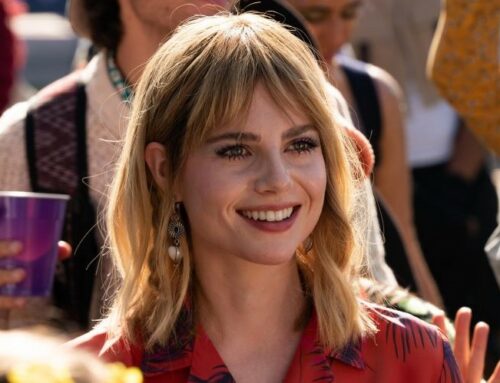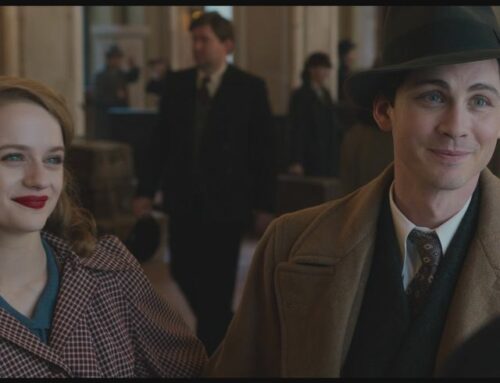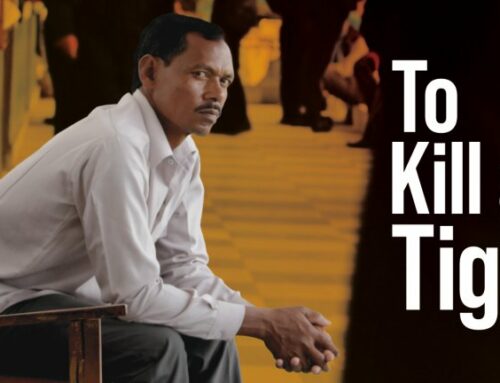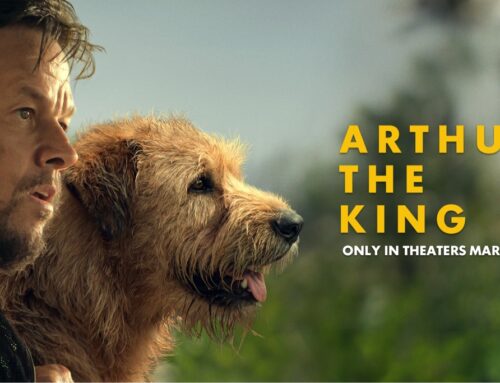The most ravishing movie of the season is ANNA KARENINA , novelist Leo Tolstoy’s sweeping pageant of love, marriage, passion, family, God, nature, and the constraints of class and society in 19th century Russia. The elegantly beautiful Keira Knightley stars as ANNA KARENINA who falls in love with a young, rich, good-looking cavalry officer, Count Vronsky. A sign of the times–Vronsky is NOT played by Jude Law, but rather, the handsome and charismatic Aaron Taylor-Johnson (SAVAGES). The once upon a time heart-throb Jude Law plays Anna’s older, balding, stuffy bureaucrat of a husband Karenin. They are all effectively cast here.
But the real wonder of this often remade classic is Tom Stoppard’s masterful screenplay which distills the essence of Tolstoy’s sprawling– some say “perfect” novel. Stoppard has pared away some of the plot lines, but retained the stories crucial to the heart of the matter: love and fulfillment in the human condition. And so we have parallel love stories. There’s landowner Levin who adores the young innocent Kitty, who is in love with Vronsky, who is passionate about Anna. And we also have the framing story of Anna’s brother Oblonsky, a philandering family man and his long suffering wife Dolly– who is Kitty’s older sister.
The screenplay not only makes these relationships –which sound like a confusing soap opera on the surface– crystal clear, but deepens their resonance as does Joe Wright’s brilliant direction. He begins the action on a literal “artificial” stage in proscenium, then gradually nudges the action outward, at first offstage and into the audience, and eventually into the natural world.
So we find rows of waiters dancing or bureaucrats typing– just beyond the footlights. Then suddenly the back wall bursts open and we’re galloping through a silvery snowladen forest, or fields of golden waving wheat amongst the harvesting peasants, then back inside glittering man-made environments: candle lit ballrooms and opera houses where Anna finds herself crushed by the condemnation of “high society” for breaking the rules.
We are swept along seamlessly in this highly choreographed whirl of images, themes, characters and allusions– from Degas’s sculpture of a young ballerina, to mad Ophelia floating in her own suicide; the result is the most perfect hybrid of theater, art, and film I have ever seen onscreen. The approach makes explicit Tolstoy’s vision of the conflict between the worlds of man and nature.
There is a dance sequence–where Anna and Vronsky come together in a stunning, erotically charged ballroom dance. (I couldn’t help but remember that swirling mirrored ballroom scene in Vincente Minnelli’s 1949 film MADAME BOVARY). The adulterous pair have not only challenged the society in which they live, but Anna is on the brink of destroying her family life– the natural order, and she will pay the ultimate price in spiritual and psychological deterioration. Anna is consumed by her passions which recoil on her in paroxysms of jealousy and smother her happiness. It’s not long before we find Anna crushed beneath the wheels of a train, which has been speeding toward her ever since she first meets Vronsky on a platform– where a worker is crushed to death.
The film is as emotionally stirring, psychologically satisfying, intellectually illuminating, and visually sumptuous as anything I have ever seen. At the end of the film, Levin asks, “How do we know what’s right?” And the answer is his epiphany: “Just by knowing it.” I felt the same way about ANNA KARENINA. See for yourself.






Leave A Comment
You must be logged in to post a comment.